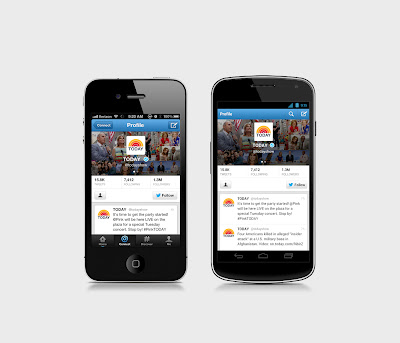
Two People Coding Is Twice As Productive, Right
Details
Stands to reason, doesn’t it? If one person can make 5 widgets an hour, then two people can make 10 widgets an hour. Its just the natural way of things. You can’t argue with science.
The same is obviously true of software, isn’t it? If one developer can write 10 lines of code an hour, then clearly two can write 20 lines of code an hour. If you want more code written, just hire more developers. There’s nothing mythical about my man months.
And yet… somehow… software persists in being weird stuff.
This week I had an interesting experience. Me and one other developer have been working on a new, greenfield project. We’ve been ploughing through the work, ticking off stories at a decent rate. Only now it’s getting to that difficult stage where the original design ideas are rapidly giving way to new problems and new ideas; substantial refactoring is going on as we discuss better ways of representing our problem. This seems good and healthy.
Then I had one of those days where everywhere I turned there was a design problem. Not a single line of code could be written without me getting grumpy about the design. Worst of all, it was the code my co-worker had just finished that was showing the flaws in the original design. Cue much discussion. At one point he lamented that he could finish the task (that was blocking me from making progress) “if he could just get a 30 minute run at his computerâ€. It was nearly 5pm.
A day where a 30 minute spell of productive coding is hard to find is not a day where much code has been written. Oh we were productive, the design was much improved by day’s end. The code? Nothing to see here, move along, please. Were we really twice as productive that day? Hell no. I spent the entire day distracting him from completing his tasks to discuss design problems; he spent the entire day trying to merge a branch that my design refactoring had made difficult. We spent the entire day working against each other.
What could we have done differently? Well the first problem was trying to maintain two streams of development activity through the same (small) code base. We were tripping up over each other like crazy. Unwinding a few days, we probably would have got more done with just one person working. That way there would only be one narrative thread through the code, one sequence of refactoring steps at a time.
Wait, what – say that again: we would have got more done last week if only one person had been working on it. Well that’s just crazy talk, let me tell you about making widgets, boy…
I think we massively underestimate the cost of coordination and communication when building software. From the outside its very easy to miss: a quick 5 minute conversation laden with jargon. And yet… this is where the magic happens: this is where the design comes from. But if that 5 minute conversation interrupted someone’s work, the next 45 minutes could be lost while they try and reload into memory what they were working on. Pile up a few of these interruptions in your day, and no wonder it feels like you’re swimming upstream.
Clearly, what we should have been doing but weren’t was pairing. That way there would only have been one narrative thread. One sequence of ideas being applied at a time. Changes neatly serialized by there only being one keyboard. Of course, by pairing we still could have had the design discussions – but instead they would appear at a time when we were both already stuck. There is no cost of interruption when you’re both already there, immersed in the problem. By pairing we would have stopped working against each other and created an interruption-free space for design discussions.
So in fact: two people can be more productive than one. Two people pairing is definitely better than one person working on their own. It’s made me realise that we’ve been explaining pairing all wrong: we try and justify the “cost†of pairing, as though we somehow have to explain why having two people working at the same machine really isn’t halving productivity. It’s all based on a false assumption: that two people working on different machines are twice as productive as one person working alone. Once you realise that this assumption is fundamentally flawed, the “cost†of pairing evaporates. Instead pairing removes the cost of coordination between two developers: no interruptions, no divergent ideas, no merge conflicts.
Pair programming is actually a cost-saving exercise.





